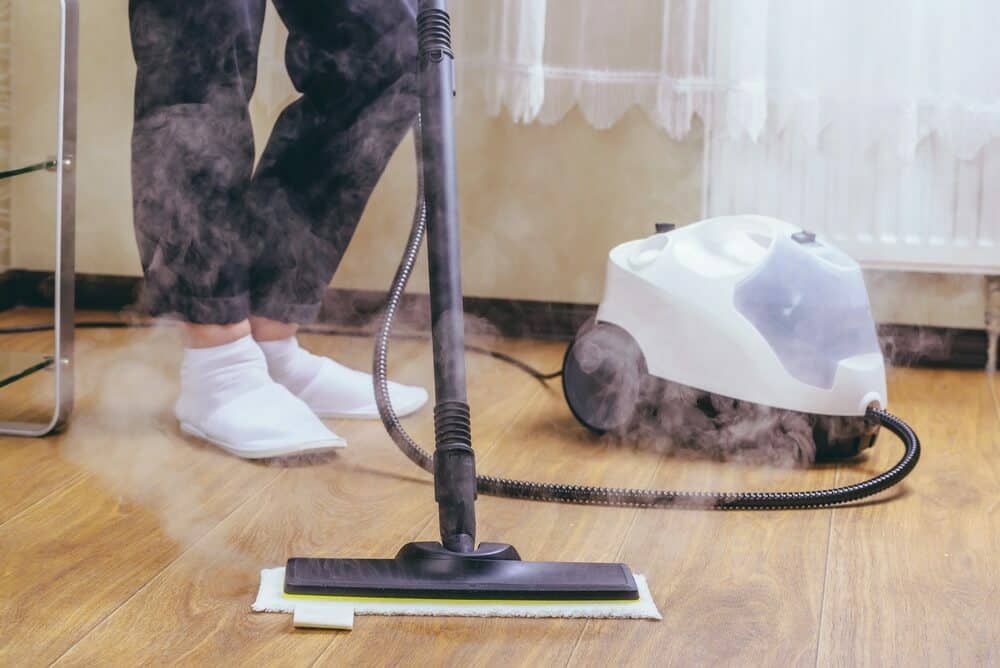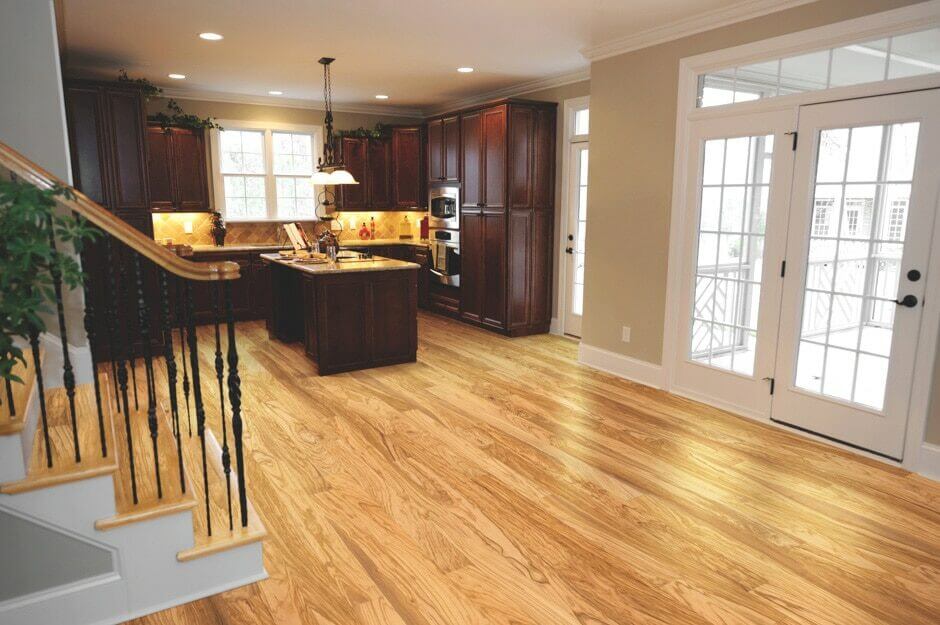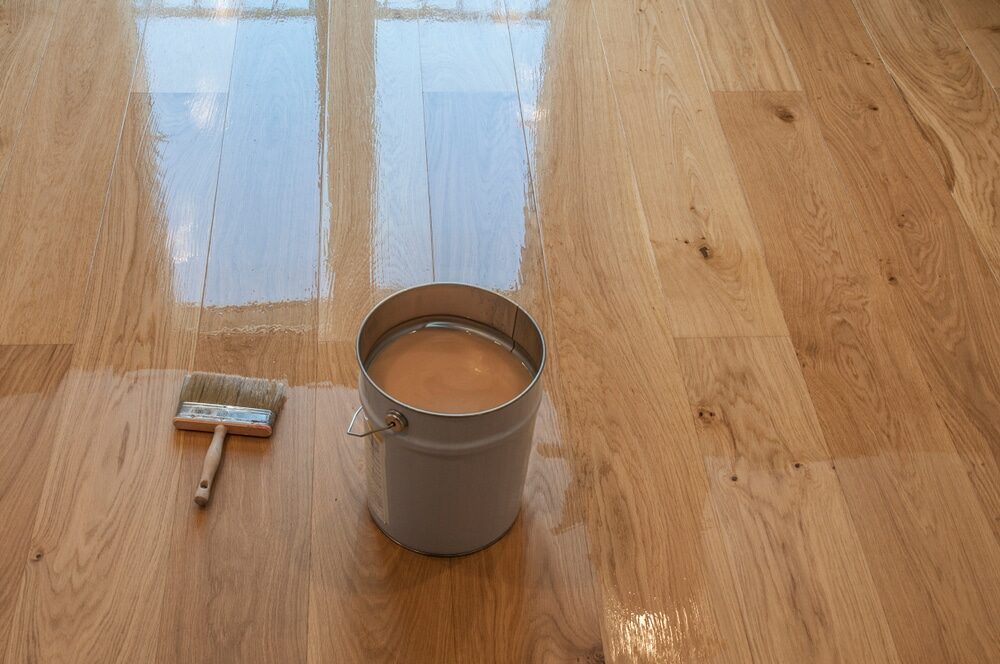London:
Nationwide:
DIY Guide: How to Sand and Varnish a Wooden Floor
Posted on June 19, 2023
Wood Floor Sealing & Varnishing Blogs
Step-by-Step DIY Guide: Sanding and Varnishing a Wooden Floor for a Stunning Transformation
Reviving the look of your wooden floor can drastically transform the atmosphere of your home. And the best part? You can do it yourself! This comprehensive 4000-word guide will walk you through every step of the process, from sanding to varnishing your floor, so you can breathe new life into your floors.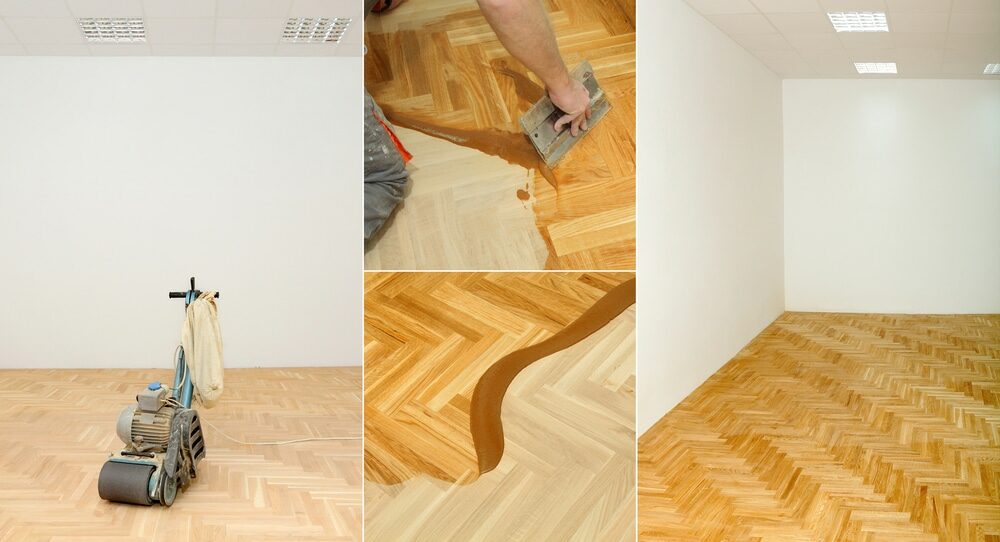
Introduction: Why sand and varnish?
Wooden floors are durable, timeless, and versatile. However, with time, they can lose their lustre due to scratches, dents, and fading. Sanding removes these imperfections and smooths the surface, while varnishing restores the wood’s shine and protects it from future wear and tear.Gathering the Essential Tools
Before we start, let’s ensure we have all the tools necessary for this DIY project:- Drum Sander: For sanding large surface areas.
- Edge Sander: To reach corners and edges that the drum sander can’t.
- Sandpaper: in a variety of grits: coarse (36–60), medium (80–120), and fine (150–180).
- Safety Equipment: Dust mask, safety goggles, and ear protectors
- Vacuum cleaner: for cleaning up the dust after sanding.
- Varnish: Choose a varnish that suits your desired look and durability.
- Varnish Brush or Roller: For applying the varnish.
Preparing Your Floor
Start by clearing the room entirely. Remove furniture, rugs, and any wall decorations that might get dusty. Also, check the floor for any protruding nails or staples from old carpet installations and ensure to remove or hammer them in.Getting Started with Sanding
Safety First
Remember to put on your safety equipment before you start. Sanding can generate a lot of dust, and the machinery can be loud.Using the drum sander
Start with the drum sander and coarse-grit sandpaper. It’s crucial to sand along the grain of the wood, not against it, to avoid scratches. Keep the sander moving to prevent sanding too deeply in one area.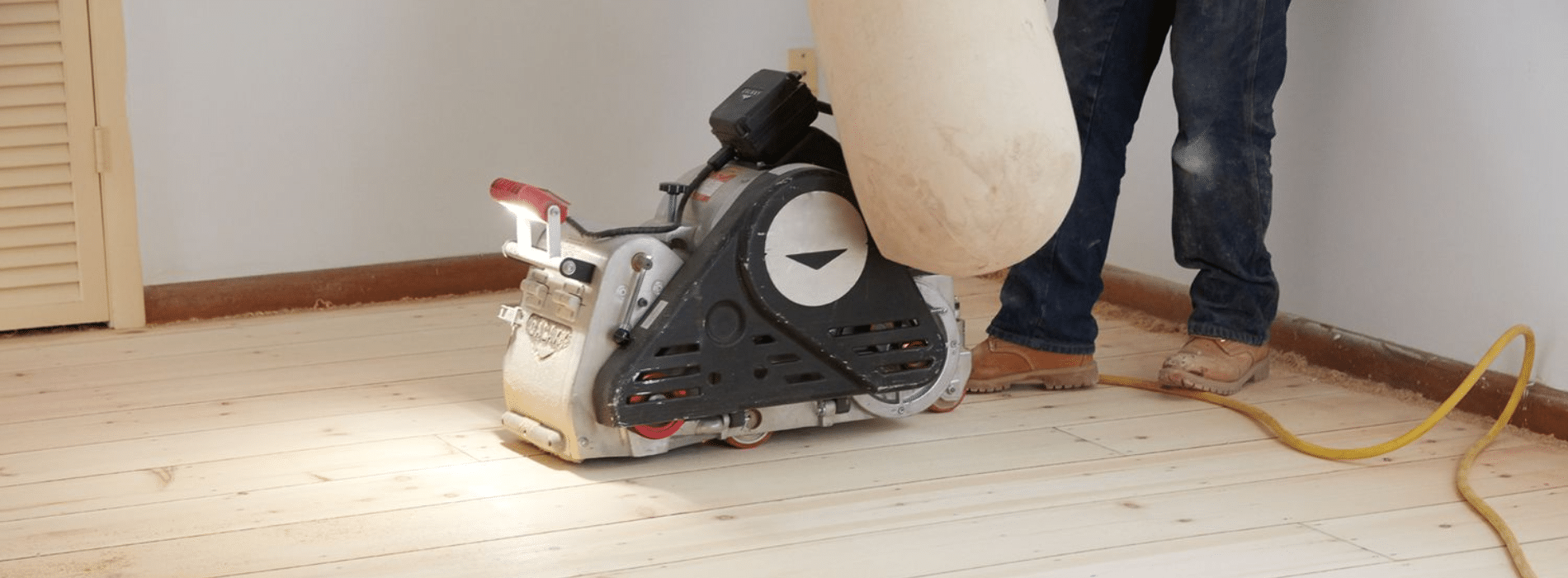
Using the edge sander
Once you’ve sanded the main part of the floor, use the edge sander with the same grit of sandpaper for the areas near the walls.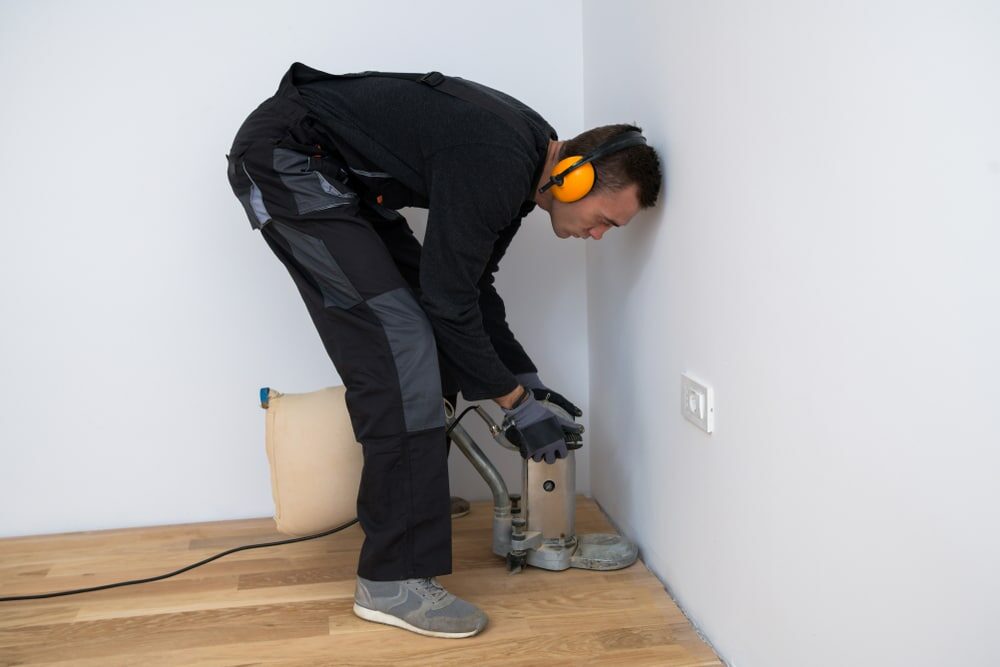
Sanding in stages
After the initial sanding, repeat the process with medium-grit and then fine-grit sandpaper. Each round will smooth out the scratches from the previous grit and prepare the floor for varnishing.Preparing for Varnish
After sanding, vacuum thoroughly to remove all dust. Any leftover dust can get trapped in the varnish and ruin your smooth finish.Applying the Varnish
Now comes the rewarding part: applying the varnish. Stir the varnish gently (to avoid creating bubbles) and start applying it using your brush or roller. Follow the wood grain and work in long, even strokes. It’s best to work in sections, moving from one end of the room to the other.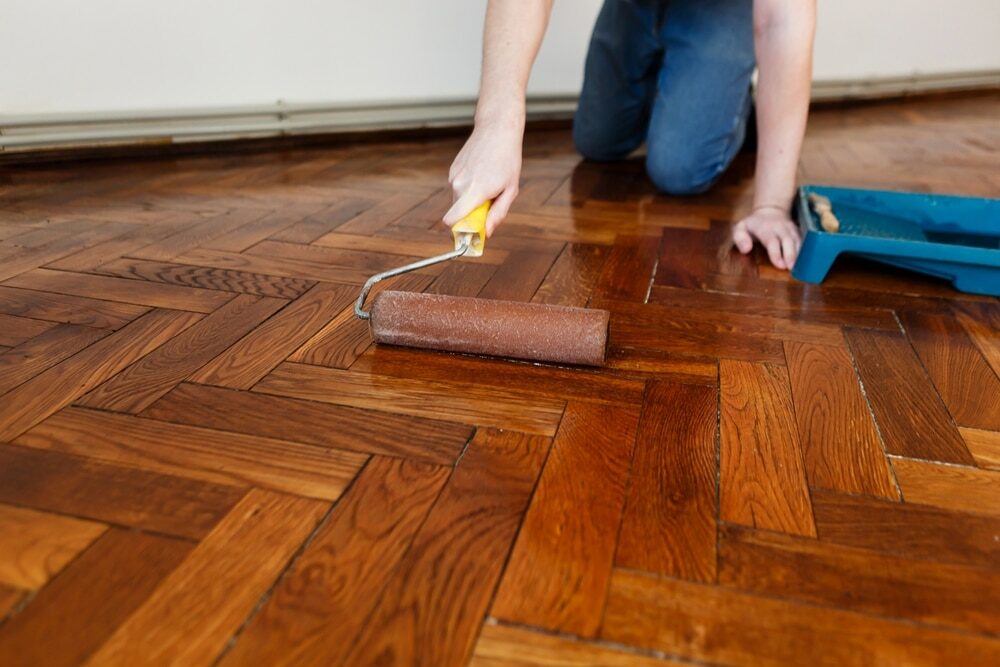
Chapter 6: Let it dry, then recoat
Once the first coat is applied, let it dry completely (check the varnish can for drying times). Then, lightly sand the floor using very fine sandpaper (220 grit), clean up the dust, and apply the second coat.Conclusion: Admire your handiwork!
After the final coat is dry, your floor is ready to be walked on again. Take a moment to admire the renewed beauty of your wooden floor. The satisfaction you get from a successful DIY project like this is second to none! Remember, restoring a wooden floor is an investment in your home’s look and value. It takes time and effort, but the results are well worth it. Happy DIY-ing!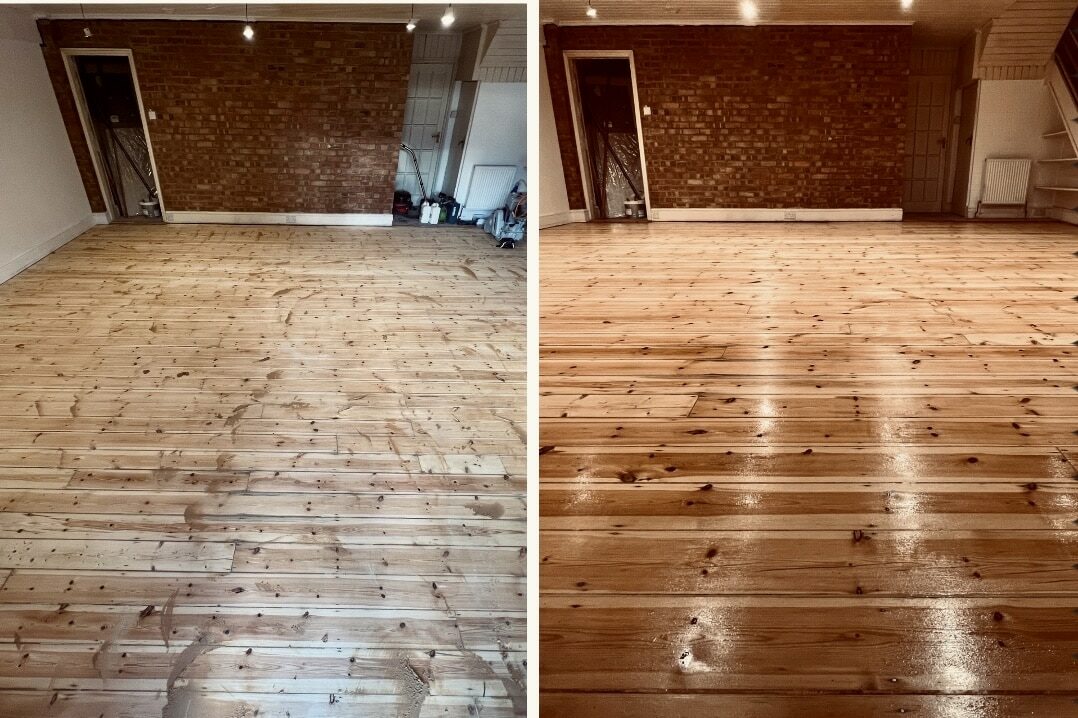
Some Useful Links:
- Floor Sanding Services
- School Floor Sanding
- Wood Floor Restorations
- Wood Floor Repairs
- Wood Floor Polishing
More from our Blog:
Essential Tips for Wood Stripping and Wood Floor Sanding How We Sanded Our Wood Floor: A DIY Story Repair Your Damage Wood Floor with Mr Sander® Company Restore Your Wood Flooring with Mr Sander® Company Hardwood Flooring: Enhancing Small Home Trends
Sanding
We provide virtually dust-free sanding with our continuous belt machinery with mobile extraction units, giving you a safer environment for your family.
Oiling
This organic finish not only adds beauty to your home but also has exceptional water-repellent characteristics, making it easier to clean and maintain.
Waxing
This natural floor finish offers the softest and most mellow appearance – and leaves your floor able to breath.
Buffing
Using soft buffing machines (and hand-polishing where required) will bring a wonderful sheen to your newly-finished floor.
Repairs
We offer a full assessment of your wooden floors to determine what repairs are needed to provide the perfect working surface for the later stages of sanding, staining and sealing.
Restoration
We offer a comprehensive restoration process designed to address floors that are improperly fitted or damaged over time through wear and tear.
Request a fixed price quote for your wood floor restoration now
Simply enter your postcode below to get started.
Services
Wood Floor Sanding Wood Floor Restoration Wood Floor Scratch Repair Squeaky Wood Floor Repair Parquet Floor Sanding Parquet Floor Restoration Commercial Floor Sanding Church Floor Sanding Community Centre Floor Sanding School Floor Sanding Gap Filling Gap Filling with ResinCopyright © Mr Sander®
Privacy & Cookies Terms & Conditions Complaints Procedure Cancellation Rights Sitemap